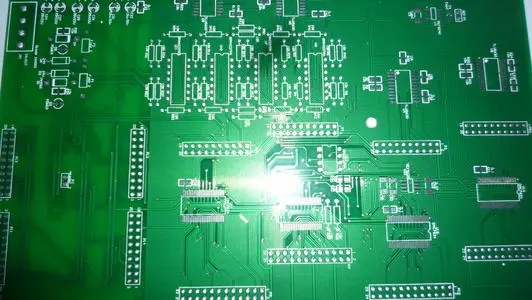PCB wiring design experience-the similarities and differences between analog and digital wiring

The number of digital designers and digital circuit board design experts in the engineering field is constantly increasing, which reflects the development trend of the industry. Although the emphasis on digital design has brought about major developments in electronic products, it still exists, and there will always be some circuit designs that interface with analog or real environments. Wiring strategies in the analog and digital fields have some similarities, but when you want to get better results, because of their different wiring strategies, simple circuit wiring design is no longer the optimal solution. This article discusses the basic similarities and differences between analog and digital wiring in terms of bypass capacitors, power supplies, ground design, voltage errors, and electromagnetic interference (EMI) caused by PCB wiring.
Similarities between analog and digital wiring strategies
Bypass or decoupling capacitor
When wiring, both analog devices and digital devices need these types of capacitors, and both need to connect a capacitor close to the power supply pin. This capacitor value is usually 0.1mF. Another type of capacitor is required on the power supply side of the system, usually the value of this capacitor is about 10mF.
The location of these capacitors is shown in Figure 1. The capacitance range is between 1/10 and 10 times the recommended value. But the pins must be short and as close as possible to the device (for 0.1mF capacitors) or power supply (for 10mF capacitors).
Adding bypass or decoupling capacitors on the circuit board and the position of these capacitors on the board are common sense for digital and analog designs. But interestingly, the reasons are different. In analog wiring design, bypass capacitors are usually used to bypass high-frequency signals on the power supply. If bypass capacitors are not added, these high-frequency signals may enter sensitive analog chips through the power supply pins. Generally speaking, the frequency of these high-frequency signals exceeds the ability of analog devices to suppress high-frequency signals. If the bypass capacitor is not used in the analog circuit, noise may be introduced in the signal path, and more serious cases may even cause vibration.
The above is an introduction to the experience of PCB wiring design-the similarities and differences between analog and digital wiring. Ipcb is also provided to PCB manufacturers and PCB manufacturing technology.